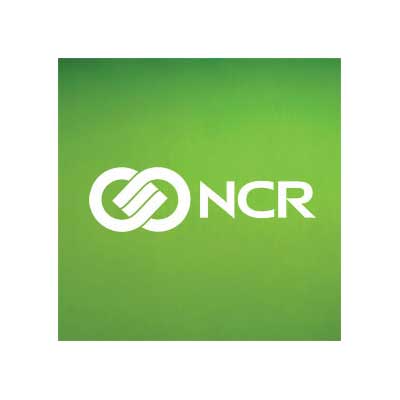Now that NCR Corp. has reached an agreement to acquire Cardtronics plc, speculation is growing about what NCR plans to do with the new assets, specifically the 285,000 ATMs Cardtronics operates and its transaction-processing business.
For NCR, the value in the acquisition lies not in Cardtronics’ ATMs themselves, but in the retail locations where they are deployed. These locations are valuable endpoints to reach the customers of fintechs, neobanks, and challenger banks that lack branches to provide their customers more than access to their accounts, argues Richard Crone, principal at Crone Consulting LLC, a San Carlos, Calif.-based payments-consulting firm.
Replacing those ATMs with new models that support such functionality as cardless cash access, mobile payments, and digital account opening would position them to attract new clients that would pay NCR recurring revenues for access to those machines, Crone says.

“NCR is buying an aging distribution network of 285,000 physical retail endpoints, and, as with any real-estate investment, its value is based on location, location, location,” Crone says. “NCR has a manufacturing and processing engine, dramatically underutilized, where the marginal cost is zero for reinvesting in an ATM distribution network where every net new transaction is accretive and profitable.”
To support his argument, Crone points to the decline of cash withdrawals from ATMs during the Covid-19 pandemic. For example, LINK, the United Kingdom’s largest ATM network, reports that cash withdrawals have declined by 60% during the pandemic.
“LINK’s conclusion is that a review of its business model may be necessary,” says Crone. “By acquiring Cardtronics, NCR is moving from an indirect to a preemptive distribution strategy to serve end users directly and reduce their dependence on legacy financial institutions as the only distribution channel for their transaction-processing services. The move can be justified because the ultimate utility of any funded account is access to cash, a requirement not likely to go away any time soon.”
NCR could not be reached for comment about its plans for the Cardtronics assets.
While Crone’s theory is plausible, replacing all of the Cardtronics ATMs would be a capital-intensive proposition, observers say. Alternatively, the value of the Cardtronics retail ATM locations is that they provide NCR with a window to offer its processing services to the retailers where those ATMs sit and to the financial institutions that deploy them, says Sam Ditzion, chief executive of Tremont Capital Group, a Boston-based advisory firm specializing in the ATM and payments industries.
“The real attraction of Cardtronics for NCR is the introduction to financial institutions and retailers for its transaction-processing services,” Ditzion says. “NCR currently doesn’t provide that and this deal gives them that capability in a significant way.”
Ditzion doesn’t disagree that the Cardtronics acquisition opens the door for NCR to directly provide consumers with more digital financial services through Cardtronics’ ATM network, which includes the Allpoint network, the largest independently operated ATM network with 55,000 machines. He sees NCR’s move as part of a long-term strategy. “The possibilities opened up by transaction processing and access to surcharge-free networks is the real attraction,” Ditzion says.





